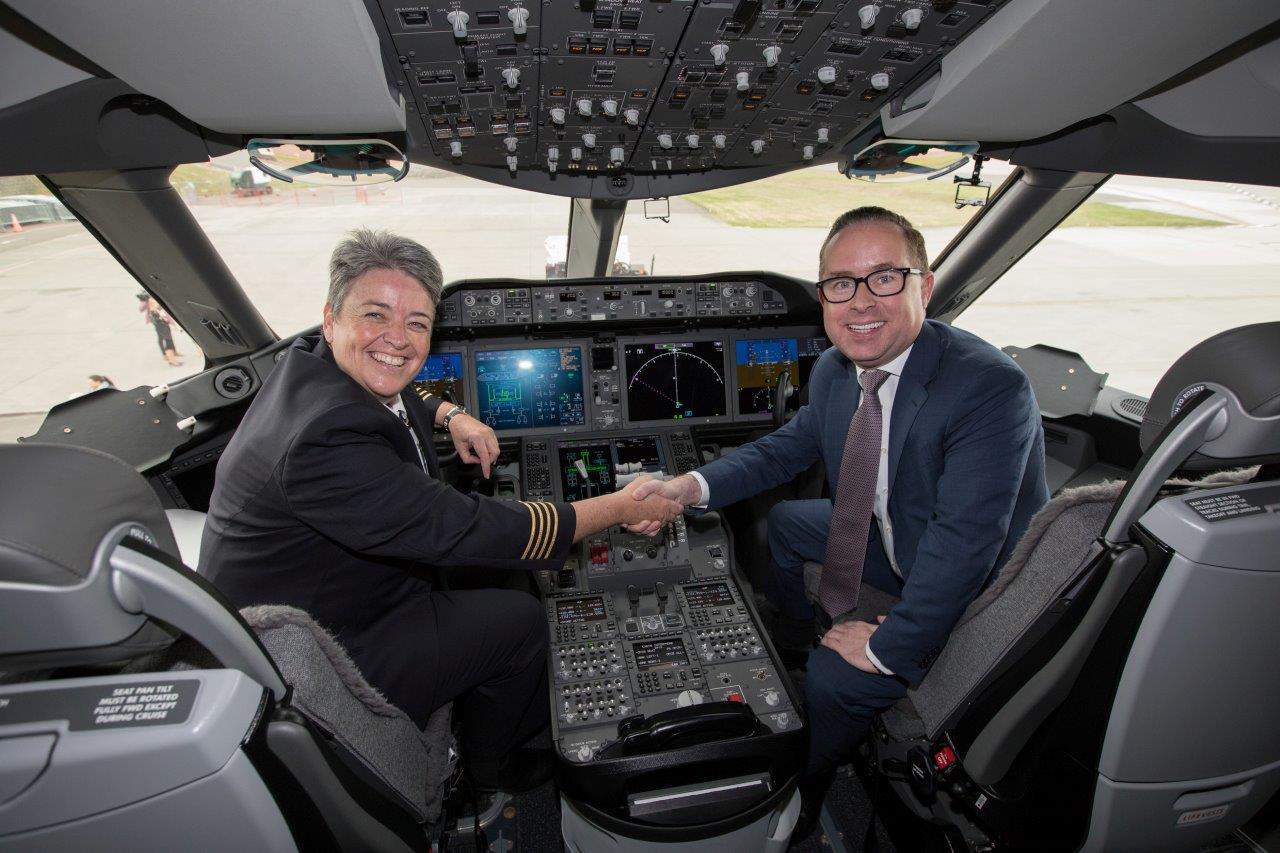
How do pilots ensure aircraft are performing optimally during flights? Aircraft performance monitoring is crucial for safe and efficient air travel. Pilots rely on a combination of advanced technology, real-time data, and their own expertise to keep planes operating at peak performance. Flight data recorders, often called "black boxes," continuously collect information on speed, altitude, engine performance, and other critical parameters. Autopilot systems assist in maintaining optimal flight paths, while weather radar helps navigate around adverse conditions. Regular maintenance checks and pre-flight inspections ensure all systems function correctly before takeoff. By staying vigilant and using these tools, pilots can address potential issues swiftly, ensuring a smooth and safe journey for everyone on board.
Key Takeaways:
- Aircraft performance monitoring uses advanced technology to track fuel efficiency, engine health, and flight data. It enhances safety, saves costs, and reduces environmental impact in aviation.
- Despite its benefits, aircraft performance monitoring faces challenges such as data overload and cybersecurity risks. Overcoming these challenges is crucial for maintaining safe and reliable operations in aviation.
Understanding Aircraft Performance Monitoring
Aircraft performance monitoring is crucial for ensuring safety, efficiency, and reliability in aviation. It involves tracking various parameters to optimize flight operations and maintenance. Here are some fascinating facts about this essential aspect of aviation.
-
Fuel Efficiency Tracking
Modern aircraft use sophisticated systems to monitor fuel consumption. This data helps airlines optimize routes and reduce fuel costs, which can save millions annually. -
Engine Health Monitoring
Sensors on aircraft engines continuously collect data on temperature, pressure, and vibration. This information helps predict potential failures before they occur, enhancing safety and reducing maintenance costs. -
Flight Data Recorders
Commonly known as "black boxes," these devices record flight parameters like altitude, speed, and control inputs. They are crucial for investigating accidents and improving future flight safety. -
Real-Time Data Transmission
Aircraft can transmit performance data in real-time to ground stations. This allows for immediate analysis and quick decision-making during flights, improving overall efficiency.
The Role of Technology in Monitoring
Advancements in technology have significantly improved the methods and accuracy of aircraft performance monitoring. Here are some key technological contributions.
-
Satellite Communication
Satellites enable constant communication between aircraft and ground control, even over remote areas like oceans. This ensures continuous monitoring and quick response to any issues. -
Big Data Analytics
Airlines use big data analytics to process vast amounts of performance data. This helps identify patterns and trends, leading to more informed decisions about maintenance and operations. -
Predictive Maintenance
By analyzing historical data, predictive maintenance systems can forecast when parts will need replacement. This reduces unexpected failures and downtime, keeping aircraft in the air longer. -
Artificial Intelligence
AI algorithms analyze performance data to detect anomalies and suggest corrective actions. This enhances the accuracy and speed of monitoring processes.
Benefits of Aircraft Performance Monitoring
Monitoring aircraft performance offers numerous benefits, from safety improvements to cost savings. Here are some of the most significant advantages.
-
Enhanced Safety
Continuous monitoring helps detect issues before they become critical, significantly improving flight safety. Pilots and maintenance crews can address problems proactively. -
Cost Savings
Efficient monitoring reduces unnecessary maintenance and operational costs. Airlines can allocate resources more effectively, leading to substantial financial savings. -
Environmental Impact
Optimizing fuel efficiency and reducing unnecessary flights lower the carbon footprint of airlines. This contributes to more sustainable aviation practices.
Challenges in Aircraft Performance Monitoring
Despite its benefits, aircraft performance monitoring faces several challenges. Understanding these can help improve the systems and processes involved.
-
Data Overload
The sheer volume of data generated can be overwhelming. Effective systems are needed to filter and analyze relevant information without missing critical details. -
Cybersecurity Risks
With increased reliance on digital systems, cybersecurity becomes a significant concern. Protecting performance data from cyber threats is crucial for maintaining safe and reliable operations.
Final Thoughts on Aircraft Performance Monitoring
Aircraft performance monitoring is crucial for ensuring safety, efficiency, and cost-effectiveness in aviation. By keeping a close eye on fuel consumption, engine health, and flight parameters, airlines can make informed decisions that enhance overall operations. Advanced technologies like real-time data analytics and predictive maintenance are game-changers, allowing for proactive measures rather than reactive fixes. This not only reduces downtime but also extends the lifespan of aircraft components. Pilots and ground crews benefit from accurate data, leading to smoother flights and fewer unexpected issues. As technology continues to evolve, the importance of robust performance monitoring systems will only grow. Staying updated with the latest advancements ensures that airlines remain competitive and passengers enjoy safer, more reliable journeys. So, next time you board a plane, remember the intricate systems working behind the scenes to make your flight as smooth as possible.
Frequently Asked Questions
Was this page helpful?
Our commitment to delivering trustworthy and engaging content is at the heart of what we do. Each fact on our site is contributed by real users like you, bringing a wealth of diverse insights and information. To ensure the highest standards of accuracy and reliability, our dedicated editors meticulously review each submission. This process guarantees that the facts we share are not only fascinating but also credible. Trust in our commitment to quality and authenticity as you explore and learn with us.


